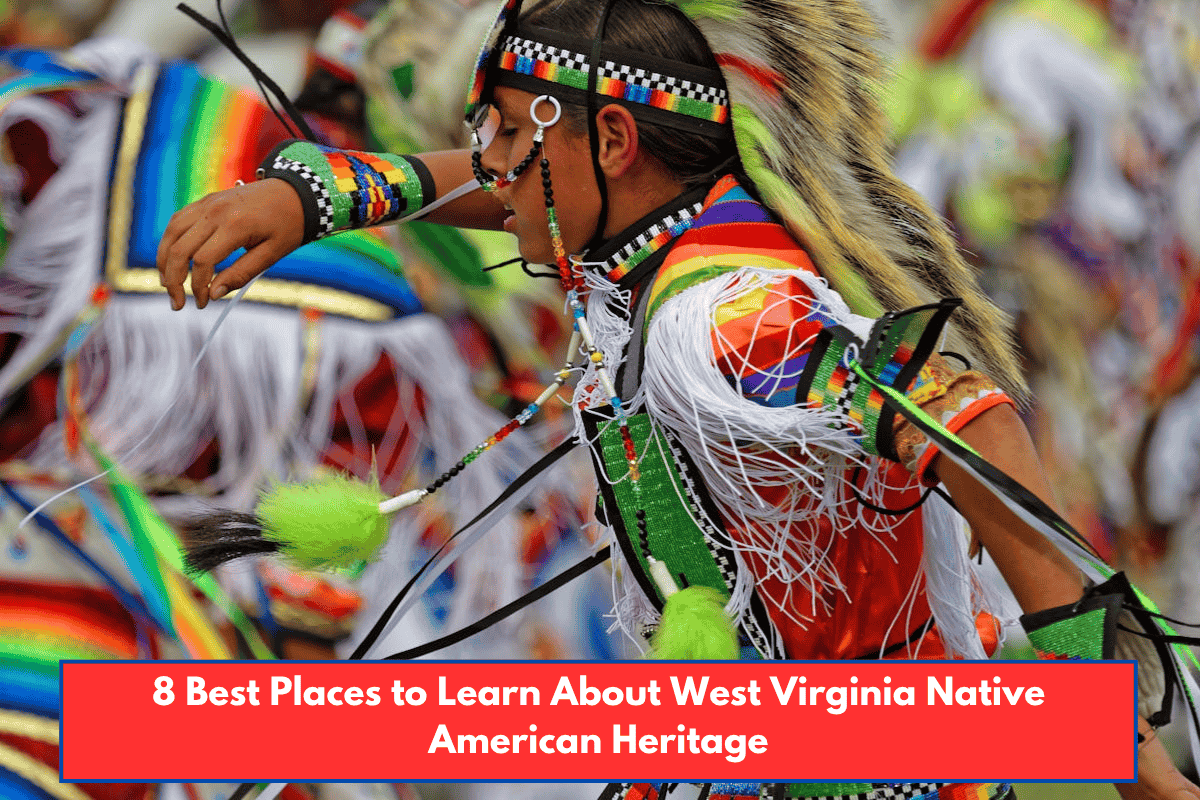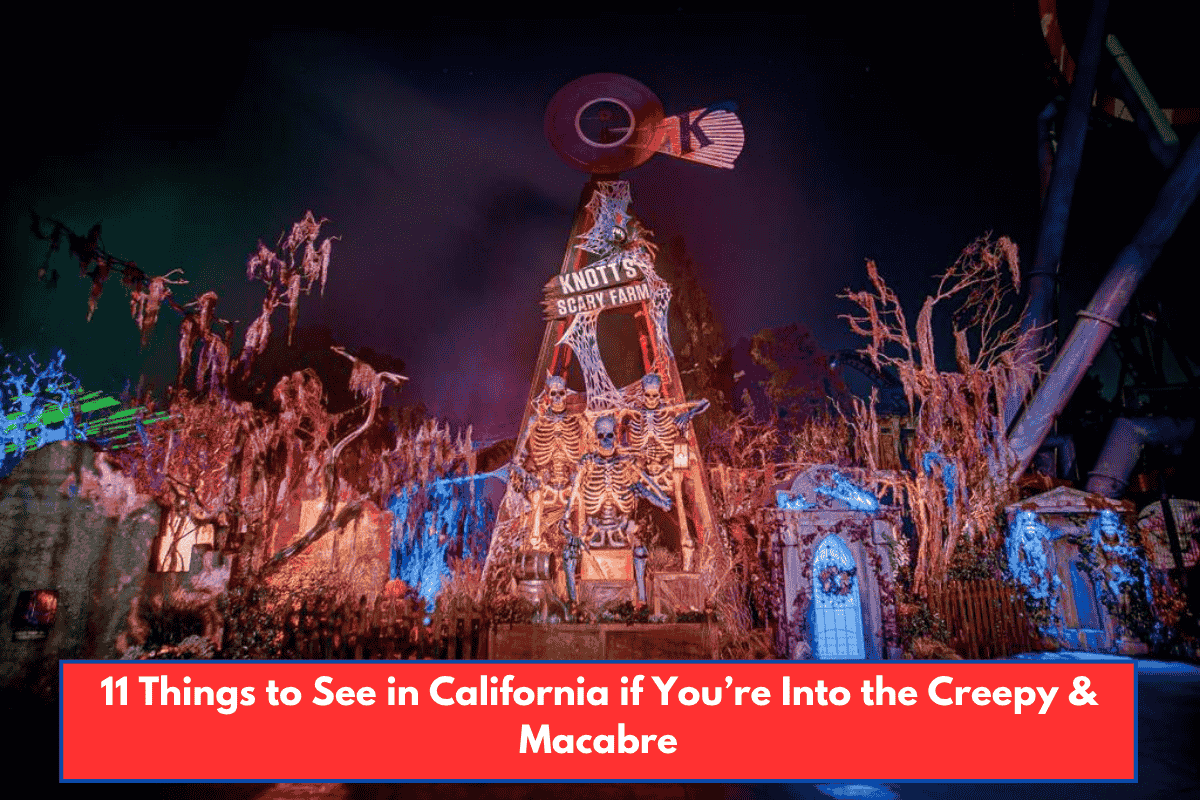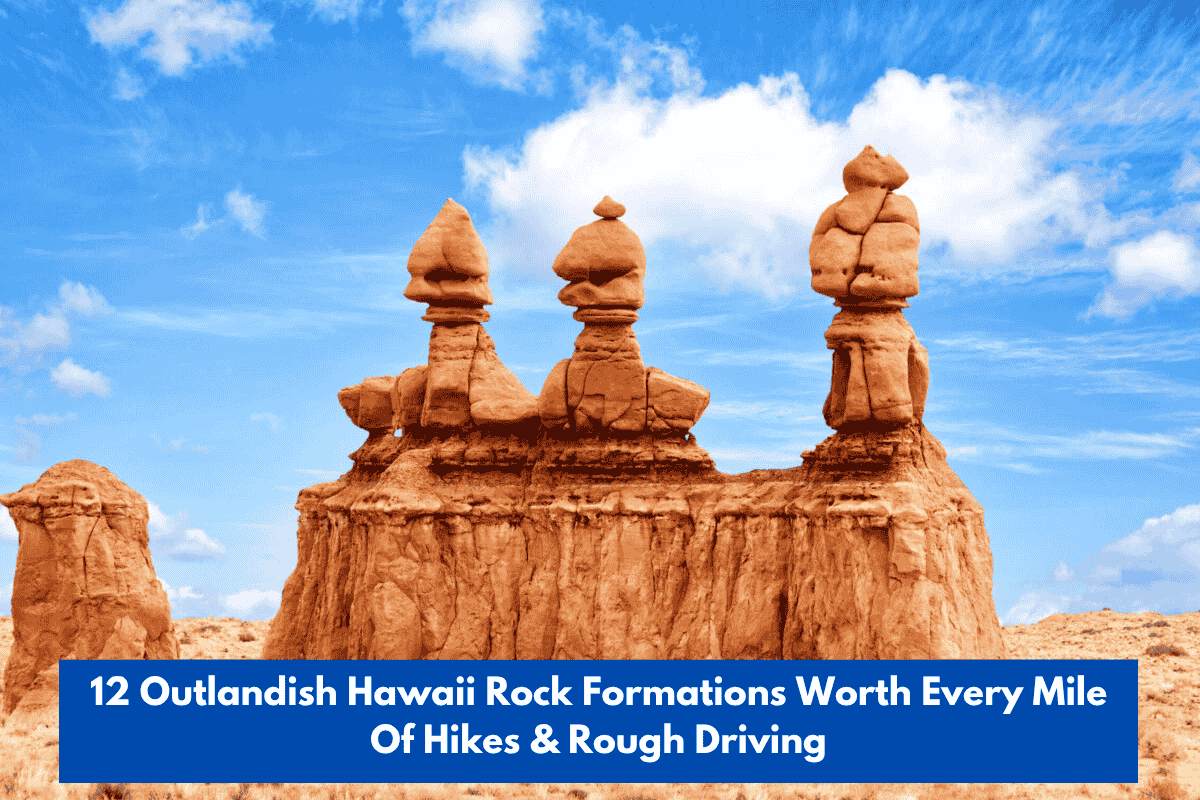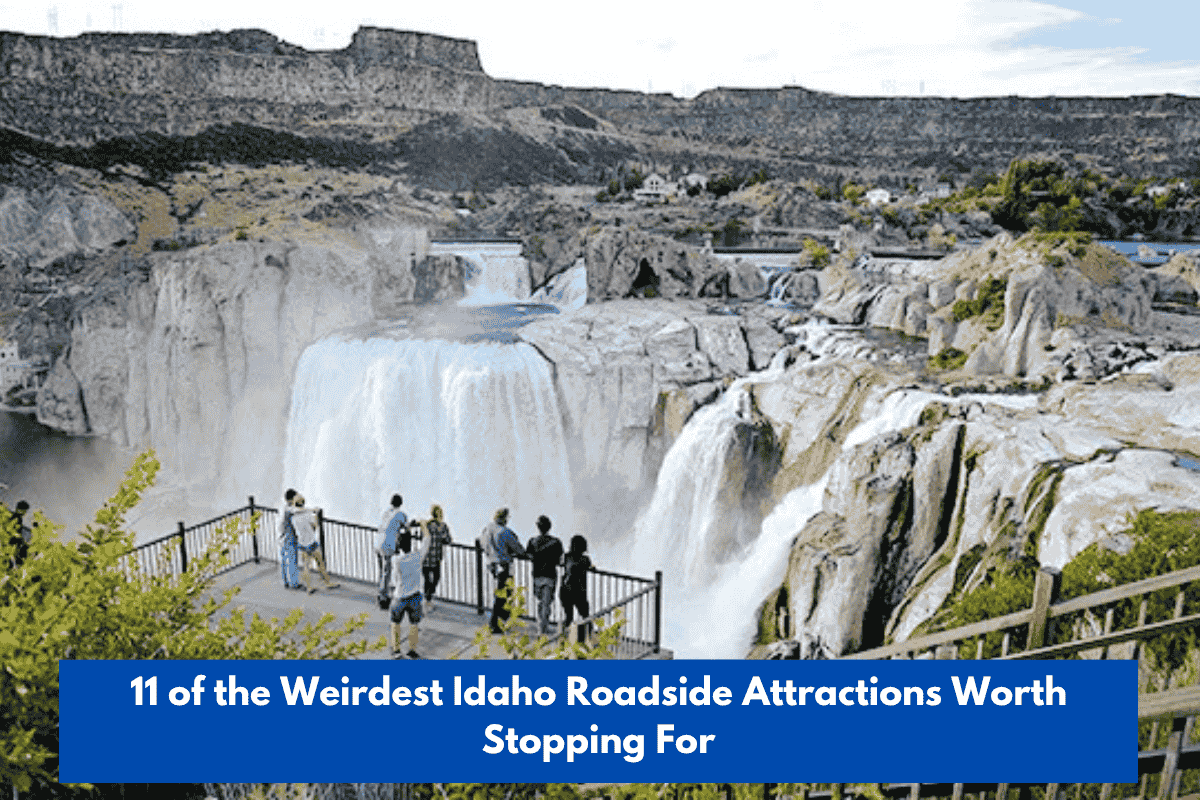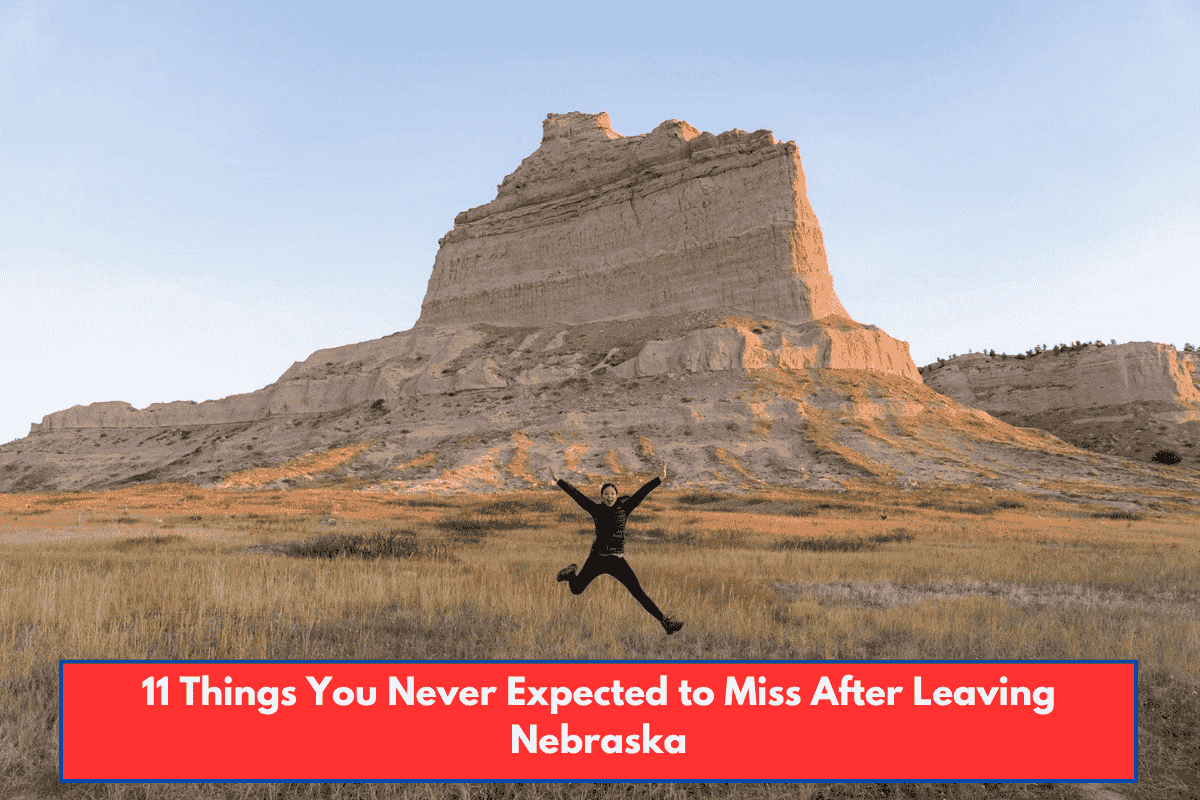Here are 8 of the best places to learn about West Virginia’s Native American heritage:
- Grave Creek Mound Archaeological Complex (Moundsville): Home to one of the largest conical burial mounds in North America, with the Delf Norona Museum detailing the Adena people’s culture, artifacts, and the state’s prehistoric history.
- Criel Mound (South Charleston): An accessible and well-preserved Adena mound site, featuring interpretive signage describing the lives of ancient Native communities.
- Murphy Mound Archaeological Site (Parkersburg area): Offers insight into the Hopewell culture and its distinctive earthworks, although access is limited, and information is primarily available through local museums.
- West Virginia State Museum (Charleston): Exhibits on state prehistory and Native American history, including artifacts, dioramas, and immersive storytelling about various tribal groups.
- Suncrest Garden of the Mounds (Morgantown): An outdoor learning park with interpretive markers about ancient mound builders and Native American agriculture.
- Monongahela National Forest (various locations): Hiking trails and interpretive panels on the Monongahela people’s lifeways, with archaeological sites and preserved artifacts featured in local visitor centers.
- Museum of the Berkeley Springs (Berkeley Springs): Showcases artifacts and information about Native groups who frequented the mineral springs, along with their broader regional history.
- Creel Mound and Kanawha Valley (South Charleston): The entire Kanawha Valley features prominent mound sites and public parks, with accessible trails and panels on Native American heritage and ceremonial sites.
These sites blend educational experiences, original artifacts, and accessible interpretation, providing rich insight into West Virginia’s ancient Native American cultures and their enduring legacy.

